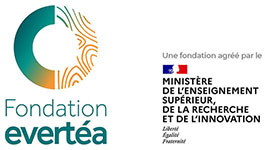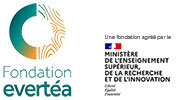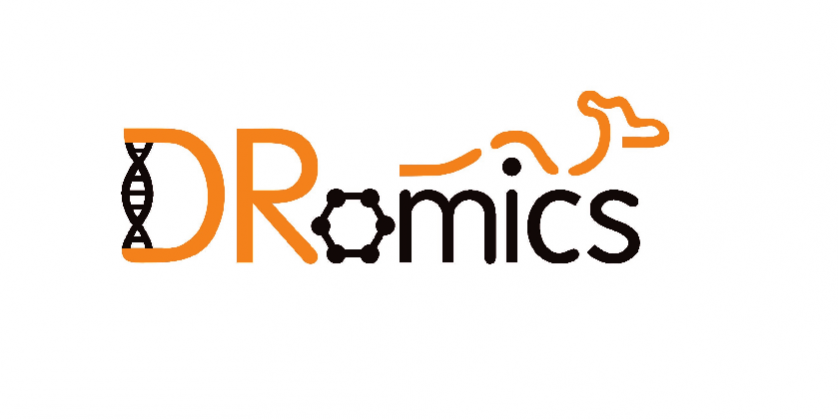DRomics tool training course – Management of molecular data obtained in a dose-response framework
Contexte
Omics methods are increasingly used, especially in ecotoxicology, to explore stressor effects at the molecular scale, to investigate pathway responses or to discover new biomarkers. Applied in a dose response framework, they open new perspectives for mechanistic understanding and risk assessment. But the specificity and the complexity of their responses require a dedicated workflow to manage properly the data. DRomics is a tool that was recently developed to help anyone who wants to analyze omics data collected through a dose-response design (https://lbbe.univ-lyon1.fr/fr/dromics) or even in-situ data collected on individuals naturally exposed to various doses. It aims to:
- Select monotonic and/or biphasic responsive items (e.g. metabolites, transcripts) ;
- For each selected item, characterize its response by fitting a dose-response (DR) curve and calculating an effect dose/concentration as a benchmark dose/concentration (BMD) ;
- And globally visualize the DR modeling results (shapes of DR curves, BMD values) of all selected items, potentially at different omics levels (e.g. transcriptomics, metabolomics) or in different conditions (e.g. with or without pre-exposition or at different exposure times), and interpret them regarding their biological annotation in a common database (e.g. KEGG or Gene Ontology).
Objectives
- Understand the bases of the analysis of omics data and the importance of taking into account the nature of the data (microarray, RNAseq, metabolomics, …) ;
- Understand the bases of DR modeling (nonlinear regression, choice of the best fit model, calculation of a benchmark dose, estimation of uncertainty , …) ;
- Understand the rationale behind each workflow step to optimize the parameter setting ;
- Learn how to use the DRomics tool (online application and R package for participants with good skills in R) ;
- Explore the outputs of the tool and exchange about their use in downstream analysis.
Pre-requisites
Scientific background, master degree, basic knowledge in R, statistics and omics recommended.
When ?
4th of May 2022.
Please note that you have until the 2nd of may 2022 to register
Where ?
Virtual session on TEAMS
If you have a disability, do not hesitate to let us know at least 21 days before the training at contact@everteafee.com
Maximum number of attendees : 10
Target audience
Master, thesis and post-doctoral students, researchers, engineers, technicians (with professional experience), regulatory (working on Water Directive Framework for example)
Pedagogic support
- Make participants understand the difficulties of DR modeling of omics data and the choices made in the workflow proposed in DRomics ;
- Make participants uptake the DRomics Shiny application on a training (provided by the teachers) or personal dataset (provided by the participants).
- Make participants imagine the perspectives offered by DRomics for exploring their own omics or multi-omics DR data.
Program
9 am – 12.30 am (15 minute break at 10.30 am)
9 am – 10.30 am
- Roundtable ;
- Reminder around omics data analyses and DR modeling ;
- Presentation of the main workflow analysis proposed in the DRomics tool : illustration step by step of the basic functions using the R package and the online Shiny application, keys to interpret the outputs.
10.45 am – 12.30 am
-
- Uptake of the DRomics Shiny application using a training or a personal dataset.
- Presentation of the functions proposed in DRomics to help the biological interpretation of the results of the main workflow analysis (e.g., how to deal with the annotations, how to manage multi-omics data, how to compare omics data obtained in different conditions);
- Discussion with the participants: questions, further needs that DRomics is not yet handling…;
- Evaluation of the skills acquired by the participants at the end of the training.
Skills expected to be acquired at the end of the training
(1) to be able to use the main DRomics workflow using the Shiny application, (2) to understand the statistics and the rationale behind each step of the DRomics workflow so as to be able to interpret the results, (3) to have an idea of what types of visualizations are proposed in DRomics to help the interpretation of the main workflow results in conjunction to the biological annotation, especially using multi-omics data.
Evaluation method
An evaluation of the acquired knowledge will be done at the end of the training session by Multiple choice test.
Instructor
Floriane Larras (linkedin.com/in/floriane-larras-663275203), Marie-Laure Delignette-Muller (https://lbbe.univ-lyon1.fr/fr/annuaire-des-membres/delignette-muller-marie-laure), Elise Billoir (http://bddc.liec.univ-lorraine.fr/cv/BILLOIR%20E.htm) et Aurélie Siberchicot (https://lbbe.univ-lyon1.fr/fr/annuaires-des-membres/siberchicot-aurelie
Rate
45€
More information :
- We ask the participants to bring their own laptop. No skills in R are mandatory. The online app can be used without any preliminary installation but it is recommended to R users to install the DRomics package in order to go further in their exploration of the tool. Test datasets will be provided but the participants are also welcomed to use their own data.
- A satisfaction survey will be sent to you by email at the end of the training course, in order to collect your feedback, comments and suggestions for further improvement. Your answers will be strictly anonymous.
- Need more information? Do not hesitate to contact us : contact@everteafee.com






